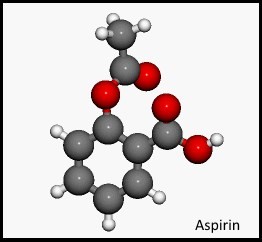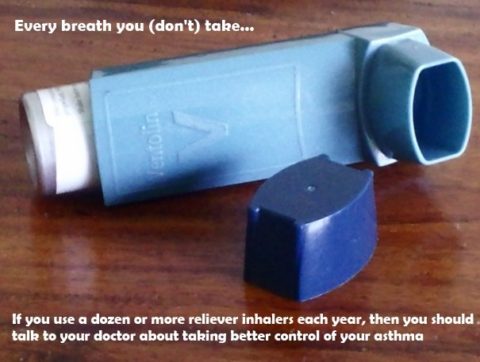UPDATE: To avoid confusion: eating lots of tomatoes will not stop you getting prostate cancer if other risk factors are in place!
At least 20 years ago I wrote a news story in my rookie days about how the natural red pigment in tomatoes, the antioxidant lycopene, could somehow protect men against prostate cancer. Nothing was ever proven and the latest news which hit the tabloids in the last couple of weeks doesn’t add much, at least if you read between the lines.
NHS Choices, as ever, has a good summary:
“This large study has shown an association between the consumption of more than 10 portions of tomatoes per week and an 18% reduction in risk of prostate cancer. However, as this was a case controlled study, and not a randomised controlled trial, it cannot prove that eating more tomatoes prevents prostate cancer.”

The study does have some strengths: large size and accounting for confounding factors. However, limitations include: reliance on dietary questionnaires and the broad categories for self-estimate of body size. After all, do you recall how many portions of tomatoes you’ve had and can honestly tell us how fat or thin you are?
The bottom line NHS Choices says:
“This study does not provide enough evidence to change the recommendations for reducing the risk of prostate cancer. A healthy, balanced diet, regular exercise and stopping smoking are still the way to go, rather than relying on eating one exclusive food type such as tomatoes.”
Tomato-rich diet 'reduces prostate cancer risk'.
Incidentally, from this paper: “Prostate cancer (PCa) represents a major public health burden in the western world. It is a peculiar disease as more men die with it than from it. Also interestingly, PCa was virtually unknown until the 20th century.”


